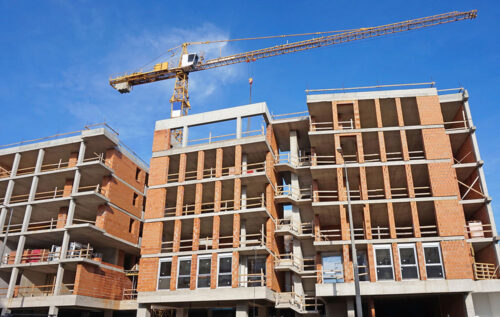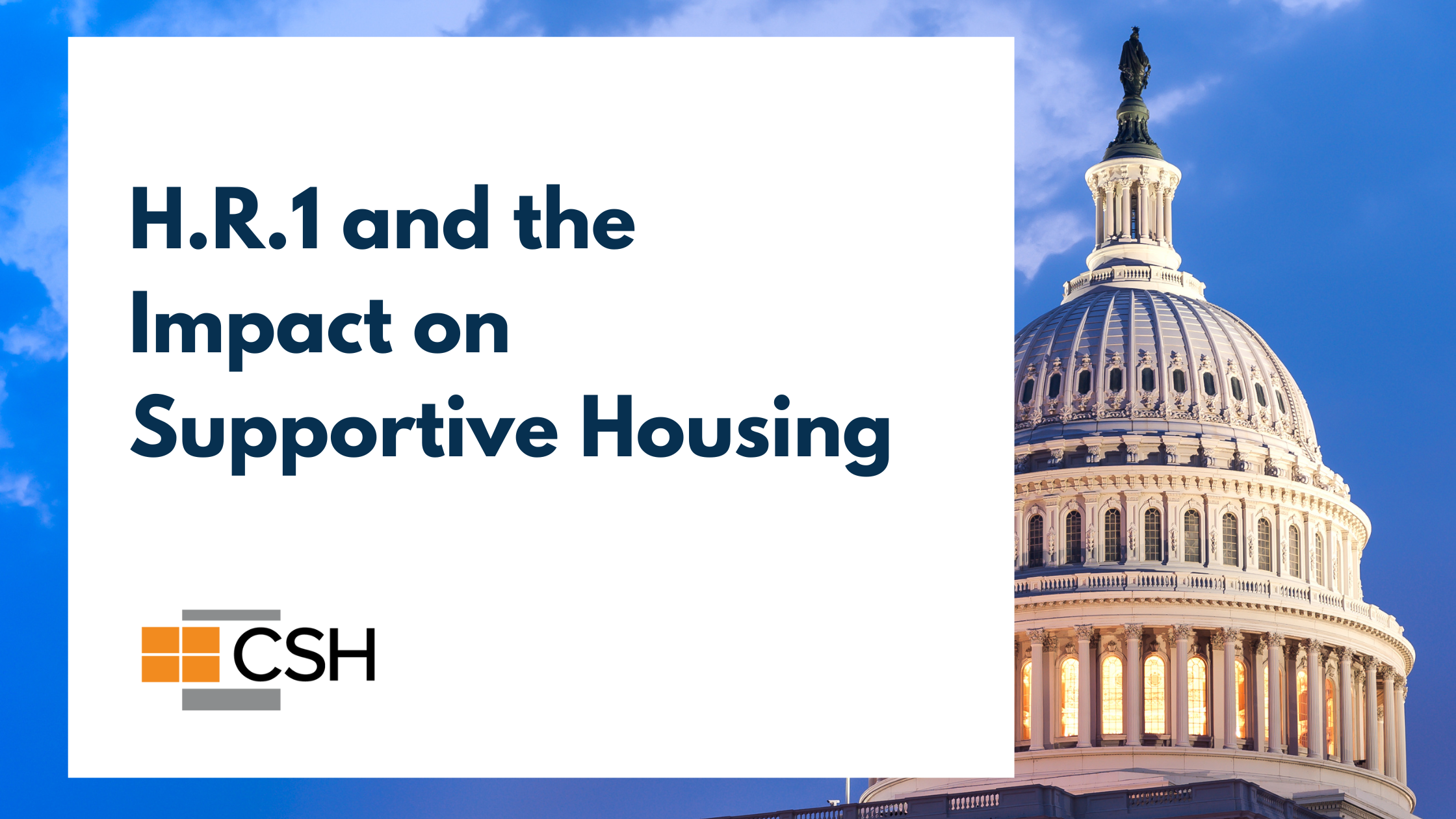Search Our Resources
Top Resources


Best Practices
October 9, 2025
Supportive housing combines affordable housing with supportive services to help people who face the most complex challenges live with stability, autonomy, and dignity. CSH created…


Best Practices
September 29, 2025
This resource breaks down the core components of supportive housing and explains how to align a project with the CSH Quality Standards when planning a…


Best Practices
September 29, 2025
This guide outlines five essential outcomes every successful supportive housing program should target, drawn from the larger CSH Quality Supportive Housing Standards. The Quality Standards…


Affordable Housing
September 23, 2025
This critical resource will identify the need for the creation of 38,000 units of supportive housing, the anticipated cost of addressing this need, and recommendations…


Policy and Advocacy
September 12, 2025
H.R.1 is estimated to reduce federal spending on Medicaid by more than $1 trillion over ten years, and cause as many as ten million people…


Policy and Advocacy
September 12, 2025
The new law enacts policy and funding changes to key housing development financing tools: the Private Activity Bonds (PABs) and 4% Low Income Housing Tax…

